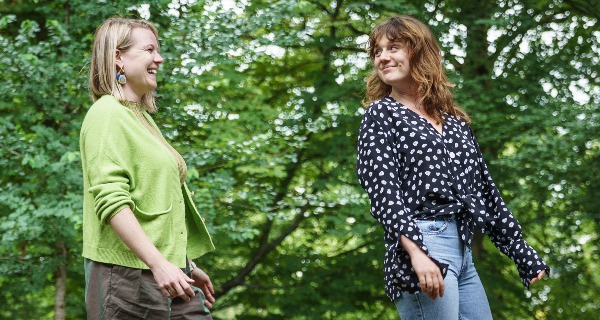Letteren Lounge
Verken met ons de kracht van verschillende perspectieven
Ben je geïnteresseerd in kunst, cultuur, politiek, geschiedenis of media? Ontdek de Letteren Lounge met lezingen, podcasts, filmavonden, cursussen en verhalen voor iedereen uit de stad en omgeving.
Agenda
-
Spot on: Theatre and AI17:00 - 20:00 Grand Theatre, Grote Markt 359711 LV Groningen
-
Public Lecture: Cold no more? Is the Arctic the world’s hottest security zone?19:30 - 20:45 Marie Loke Room, Harmonie Building, Oude Kijk in 't Jatstraat 26, Groningen
-
Cinema Politica Screening - Inside Lara Roxx19:00 - 21:30 USVA, Munnekeholm 10, Groningen
The Language of Hip Hop met dr. Steven Gilbers







